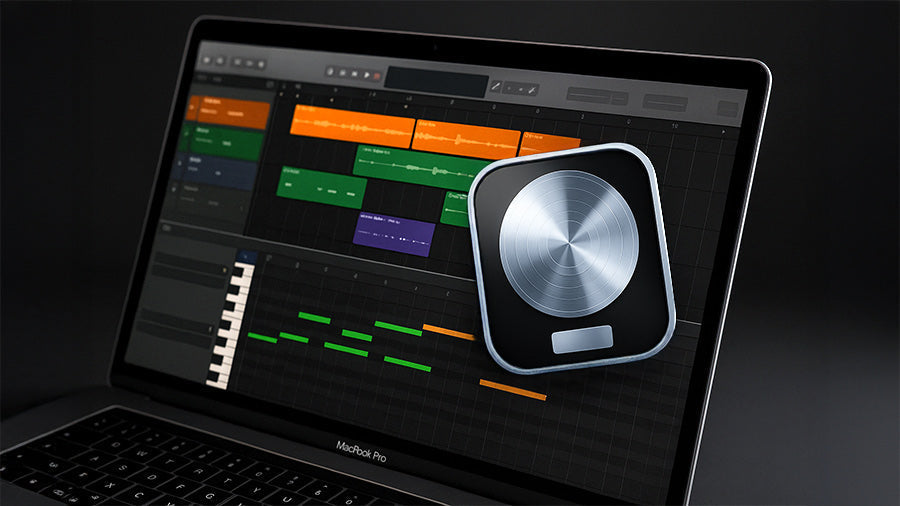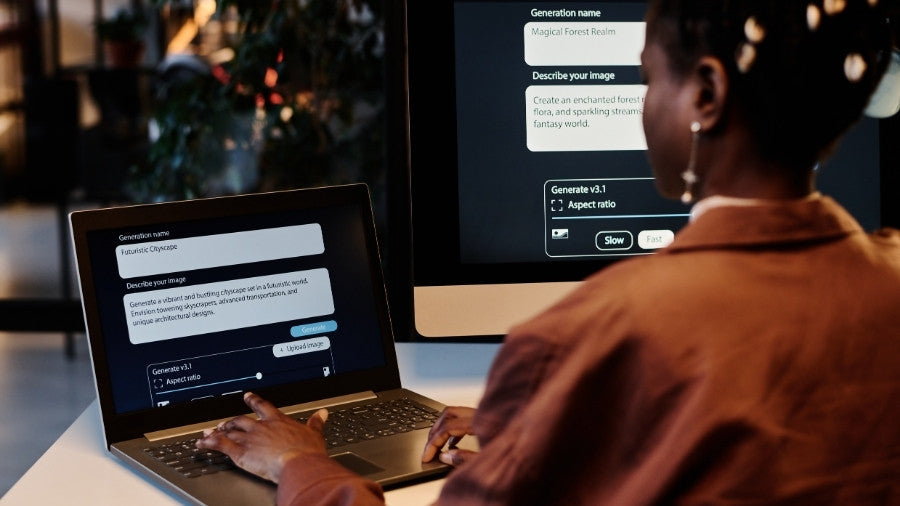The guitar is an instrument known for its passion, versatility, and expressive power. It has shaped countless genres and supported musicians on stage and in the studio. This guide explores the history, features, and musical styles behind the different types of guitars.
1. Acoustic Guitar

The acoustic guitar is the most familiar and widely played type, known for its rich, resonant sound that works without amplification. Usually built with six strings and various tonewoods, it fits genres like folk, country, pop, and rock. Evolving from early stringed instruments, the modern acoustic guitar took shape in the 19th century with new body designs and bracing for louder projection. It is often linked to singer-songwriters and storytelling genres, offering emotional depth in both simple and complex pieces.
2. Banjo Guitar

The banjitar blends the banjo’s bright twang with the guitar’s familiar tuning, making it easy for guitarists to adapt. Its drum-like body gives it a unique tone. Popular in early jazz, country, and folk, the banjo guitar became a key instrument in American roots music thanks to its cutting, rhythmic sound. It adds nostalgia, energy, and a lively bounce to genres like bluegrass and folk.
3. Baritone Guitar

The baritone guitar sits between standard and bass guitars, tuned a fourth or fifth lower to produce deep, resonant tones. Its longer scale keeps low tunings tight and clear, giving it a powerful, textured sound. Emerging in the mid-20th century through surf rock, Western swing, and heavy styles, it was designed for musicians wanting a lower range that complements standard guitars. Its use has since expanded as artists explore new tonal ideas. With its dark, brooding tone, the baritone suits metal, jazz, and experimental rock. It can create a thick foundation or take the lead with a strong, commanding voice, making it a favourite for pushing the boundaries of traditional guitar sounds.
4. Bass Guitar
The bass guitar has four strings that provide the rhythmic and harmonic foundation in modern bands. It helps to connect the percussive elements with the melodic components of music. Although it looks similar to an electric guitar, the bass guitar has a longer neck and a larger body to handle the lower frequencies that it produces.

The electric bass guitar emerged in the 1930s and was popularised in the 1950s by makers like Fender. Its shift from the upright bass brought portability and versatility, quickly making it essential in rock ’n’ roll, funk, and jazz. Today the bass appears in nearly every genre, from funk grooves to jazz walks and heavy rock riffs. It can be supportive or take the spotlight, providing the groove that moves audiences and holding the harmony together.
5. Classical Guitar

The classical guitar, or Spanish guitar, uses nylon strings for a softer, mellower tone. Its wide neck supports complex fingerpicking, and its smaller body is designed for the detailed playing required in classical music. Originating from Renaissance instruments like the vihuela and Baroque guitar, it reached its modern form in 19th-century Spain through luthiers such as Antonio Torres, who improved its volume and tone. Linked to composers like Tárrega, Sor, and Segovia, the classical guitar is central to classical music but also appears in flamenco, Latin, and folk. Known for its technical demands and expressive range, it remains a favourite for both recitals and intimate performances.
6. Double Neck Guitar

The double-neck guitar features two fretboards—often a six-string paired with a twelve-string or bass—allowing players to switch sounds and tunings mid-performance. Known for both versatility and visual impact, it expands what a guitarist can do on stage.
It became popular in the 1960s and 1970s as rock musicians pushed creative boundaries. Its dual setup enabled complex pieces without changing instruments, making it a symbol of technical skill and showmanship. Common in prog rock, hard rock, and metal, the double-neck guitar is more than a prop—it’s a practical tool for ambitious live performances.
7. Electric Guitar

The electric guitar, with its solid body and magnetic pickups, is the classic rock ’n’ roll instrument. Usually six-stringed—though extended-range versions exist—it offers huge room for experimentation through effects and amplification. Invented in the 1930s, it reshaped music and inspired new styles. Played by icons like Chuck Berry, Jimi Hendrix, and Eric Clapton, it became a symbol of youth, rebellion, and creativity. Essential in rock, blues, metal, and pop, the electric guitar can produce everything from heavy distortion to clean, shimmering tones, and remains a top choice for musicians pushing modern music forward.
8. Jazz Guitar
The jazz guitar is an electric or archtop guitar often associated with a clean, warm sound suitable for the intricate harmonies and improvisational work in jazz music. Jazz guitars usually have six strings and are equipped with hollow bodies that enhance their acoustic properties, even when amplified. The design of the jazz guitar, with its elegant curves and often ornate detailing, reflects the sophistication of the genre it serves.

Jazz guitars appeared in the early 20th century as bands needed instruments that could project alongside brass and woodwinds. The archtop guitar, with its fuller tone and stronger projection, became the solution and soon a jazz staple. Players like Django Reinhardt, Wes Montgomery, and Joe Pass helped shape its legacy. Used in swing, bebop, fusion, and smooth jazz, the jazz guitar’s clean tone suits complex chords and improvisation. Known for demanding technique and musicality, it remains a creative instrument for exploring harmony, rhythm, and jazz phrasing.
9. Twelve-String Guitar

The twelve-string guitar pairs each string with a thinner, higher-tuned partner, creating a rich, chorus-like sound. It looks similar to a six-string but needs a stronger build to handle the extra tension. Rooted in folk and blues, it became popular during the 1960s folk revival through artists like Pete Seeger and Lead Belly. Its jangling tone is also heard in rock from bands like The Byrds and Led Zeppelin. Known for adding shimmering depth and harmonic richness, the twelve-string suits folk, rock, and pop, offering a fuller, textured sound in both solo and band settings.
10. Ukulele

The ukulele is a four-string member of the guitar family, strongly linked with Hawaiian culture and often called the “uke.” Its small size, nylon strings, and bright, cheerful tone make it light, portable, and easy to play, appealing to both beginners and experienced musicians. Originating in 19th-century Hawaii from Portuguese instruments, its name (“jumping flea”) reflects the lively finger movement when playing. Now used in everything from traditional Hawaiian music to modern pop, the ukulele adapts well to many styles, adding a fresh twist to familiar songs.
After exploring the different types of guitars, the next step is learning how to play one properly. Understanding tuning, posture, chords, scales, and core techniques will help you get the most out of any instrument, and the guide below explains these in a simple, step-by-step way.
The Only Guitar Guide You’ll Ever Need
If you want to learn how to play any guitar confidently — acoustic, electric, classical, or twelve-string — this guide covers everything in one place. The Complete Guitar Player eBook teaches tuning, posture, chords, scales, rhythm, and 15 playable songs in a clear, beginner-friendly format. It’s the perfect next step after learning about the different types of guitars.








